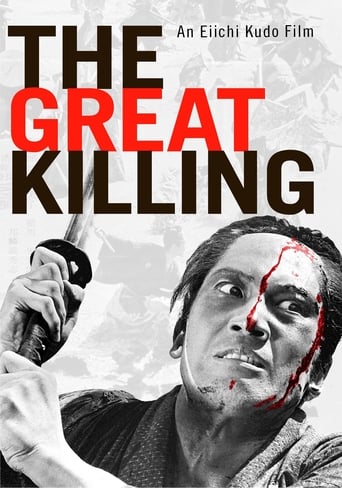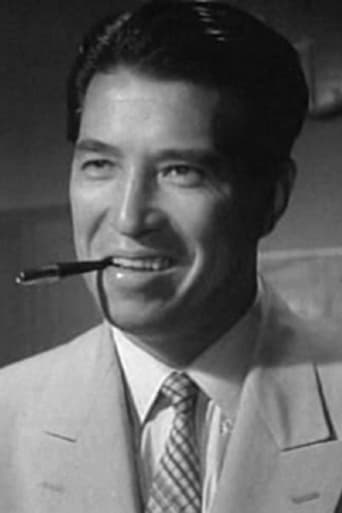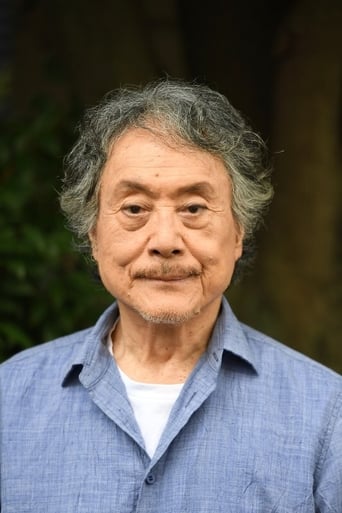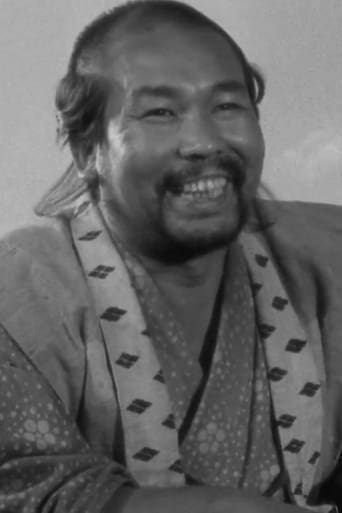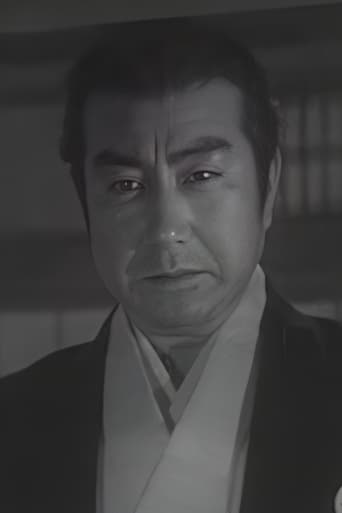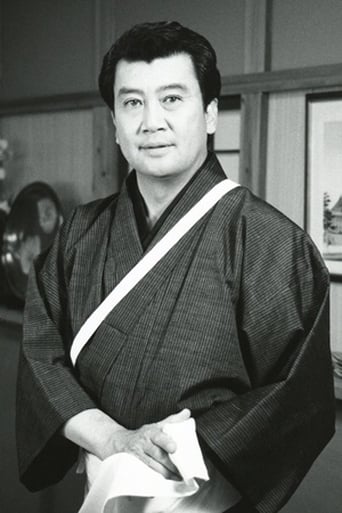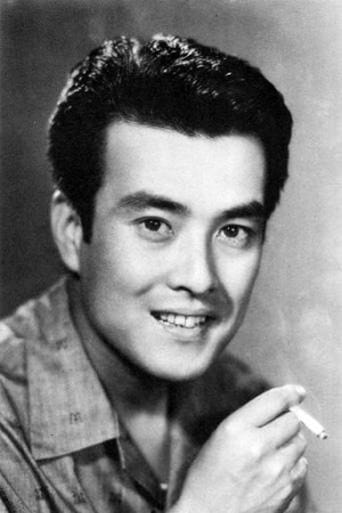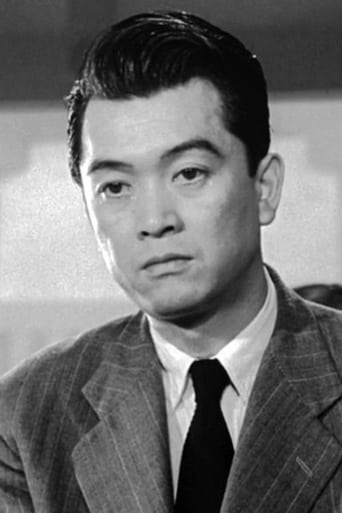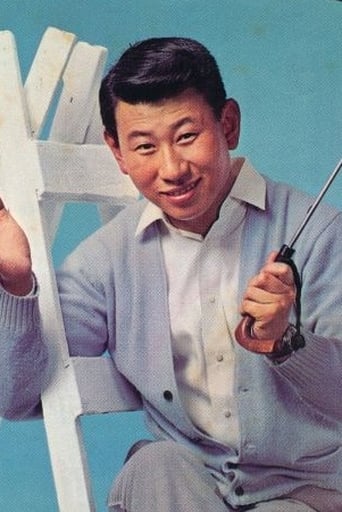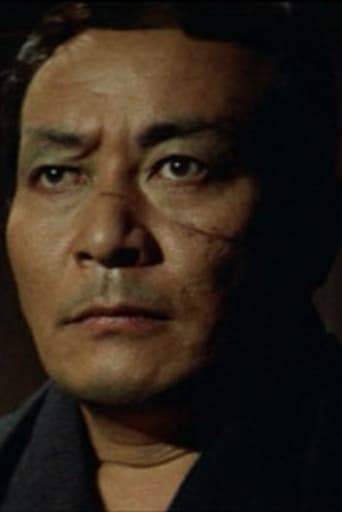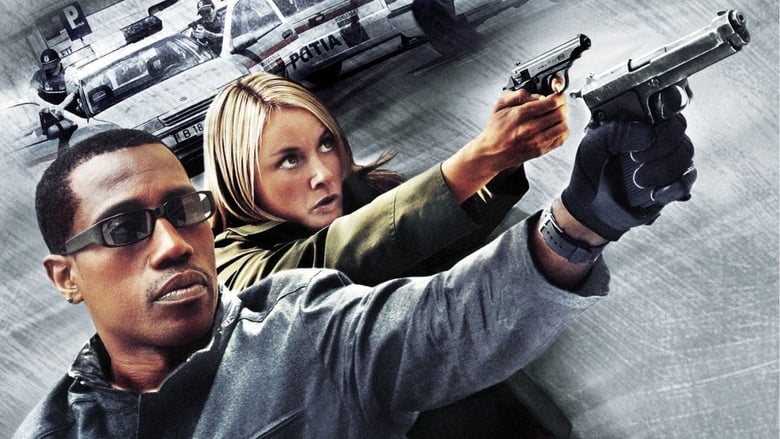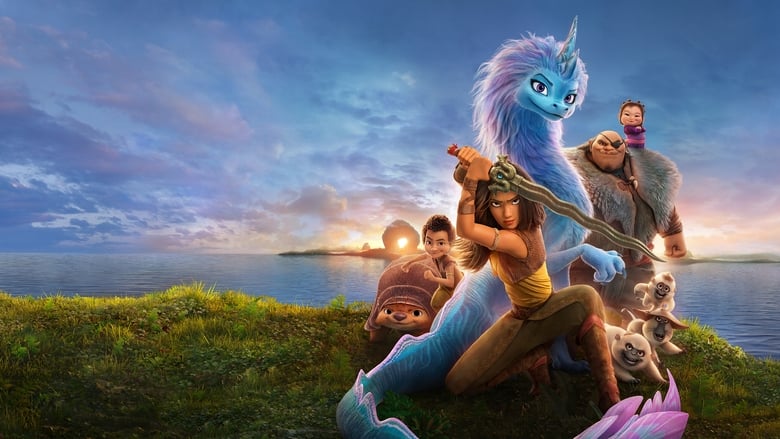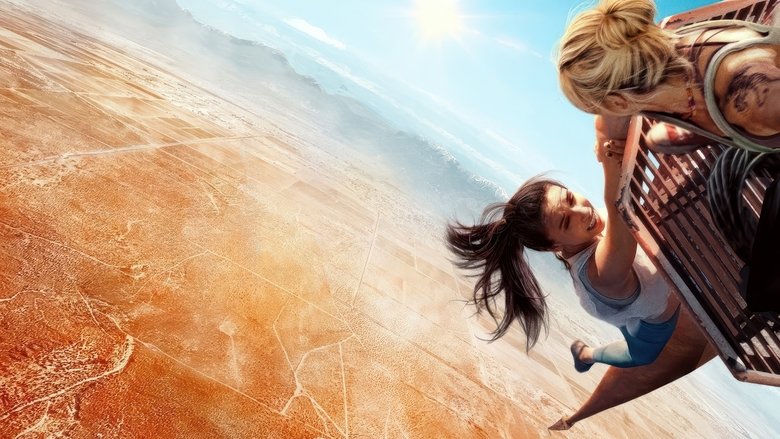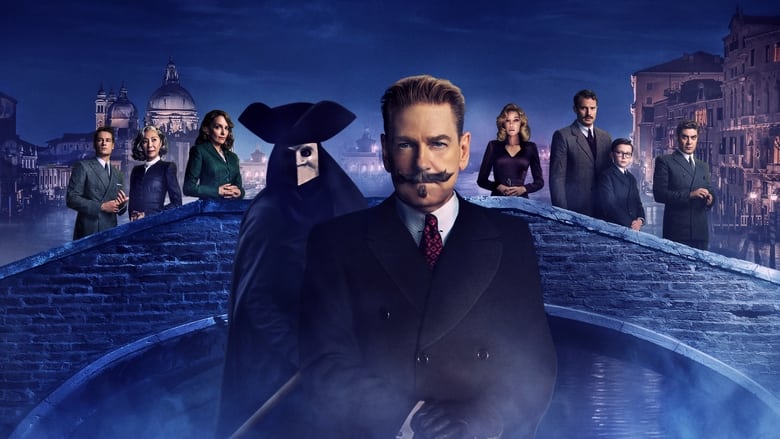A cynical samurai is left as the sole survivor to fulfill a plot to assassinate the puppet of a villain intent on usurping the shogunate in the 17th century. A Shogunate Elder connives to rule Japan by making his puppet, the Shogun's brother Tsunashige, the next Shogun. The best strategist in Japan, Yamaga, leads a plot to stop the Elder, but his cabal is betrayed and most of the conspirators are captured and tortured.


Similar titles
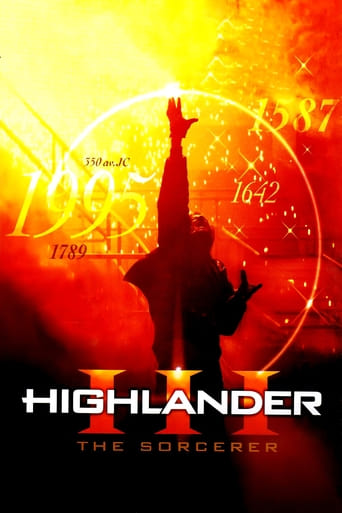
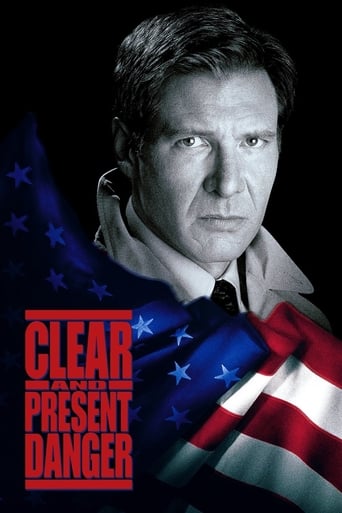
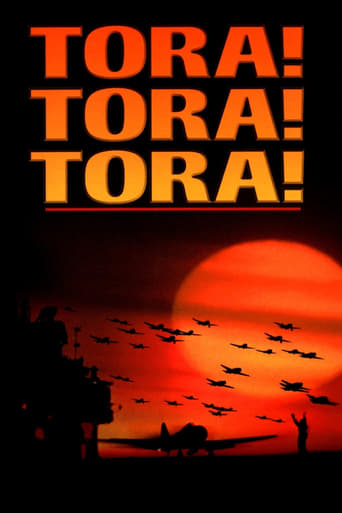
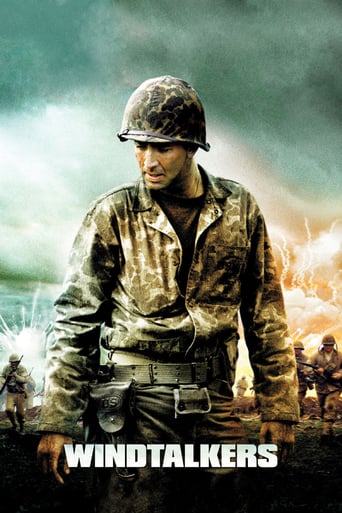
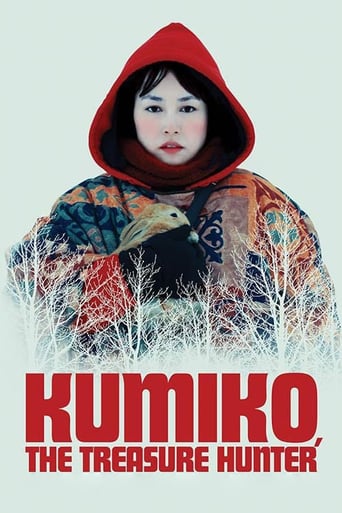
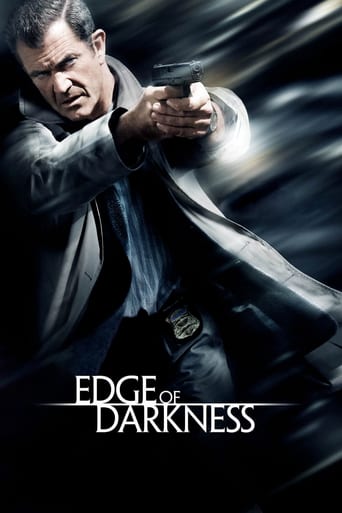
Reviews
The second chapter in Eiichi Kudo's Samurai Revolution trilogy bears so many similarities to its predecessor, Thirteen Assassins, that it might as well be a re-imagining of the same story. In the spirit of the anti-establishment sentiment that was prevalent in the jidai-geki of the early 60's, The Great Duel revolves around a group of revolutionaries who hatch a plot to ambush and assassinate a chancelor in an attempt to keep a corrupt, power-hungry minister from taking control of the Shogunate. The austere, very disciplined style is enhanced by beautiful black and white cinematography, sparse use of music and a pacing that doesn't rush to its final conclusion but takes time to examine and shed light on the characters. Kudo might be little known to the west, but certain scenes in The Great Duel reveal him to be a skillfull craftsman. Mis-en-scene is utilized to such effect that when a poor samurai has to murder his family (off screen), you'd be forgiven for completely missing it. The ambush in the finale is similar in many respects to the one from Thirteen Assassins; more loud and messy than stylized. In some ways, it anticipates Kinji Fukasaku's chaotic style from the early 70's. But what realism is achieved that way is diluted by the occasionally silly swordfighting (extras just waving swords at each other) and the bodyguards' hard effort not to kill our heroes. All in all it is a solid jidai-geki that combines politics, drama and an action-packed finale but doesn't quite rise to the cream of the crop.
1964 was THE great year for Japanese movies: Manji (Suzuki), Onibaba (Shindo), Sunna No Onna (Teshigahara), Ansatsu (Shinoda). Perhaps the greatest, though the least known, is the jidai-geki Dai Satsujin, or The Great Melee by Eiichi Kudo. It is one of the most breathtakingly austere and gruelling movies that you will ever see. The unrelenting nature of the film, and the clear sense that things will not end happily is established from the very first shot, a static from a dingy crevice beneath a Medici-style rough-hewn stone rampart, a symbol of harsh unresponding authority (much like the ancestral armour in Kobayashi's Seppuku), during which a grim narration is received.In this movie, several characters will be put to the test. Their sense of duty will be put through the fire as their resistance movement flounders. From some we will find cowardice, from others unexpected bravery, others will totally lose their moral bearings. In this sense it is similar both to Verhoeven's Soldiers of Orange, and most specifically to Inagaki's version of the tale of the Loyal 47 Ronin (Chushingura). In Chushingura, one is left to wallow in the hollowness of the ronin's sacrifice to a hollow and fascist code of duty. The Great Melee on the other hand is specifically related to the Japanese student protest movement of the time, and although it seems that the opposing factions are fighting merely to determine the heir to the shogunate, Eichii Kudo is actually attempting to compel watchers to question their contemporary circumstances.*****MASSIVE SPOILER ALERT********* Another reviewer has wisely compared the movie to Melville's Army of Shadows. In it we are shown in decidedly drawn-out fashion how the resistance strangle one of their own, a traitor, when they realise that they can't shoot him because of the noise it would make. Eiichi Kudo outdoes the horror of this scene when he shows us how Shiro Osaka's character has murdered his wife and children, in an apparent act of mercy, knowing that their life will not be worth living once the aftermath of the attempted assassination occurs. Prior to this the audience had been shown very poignant scenes of their Elysian family life.The mêlée at the end where Tsunashige and his retainers are pursued down the middle of a river is incredibly suspenseful and adrenalising, worth the price of my admission alone.******Spoiler Alert ended******One of the unusual aspects of this movie is the lack of music usually found in similar movies, this was apparently done to enhance the realism, and the whole thing is shot in an incredible cinema verite style that makes you feel like you're right there.Highly recommended.
A fine and interesting film. In the seventeenth century a Japanese despot knows that there are plans for revolt. He orders the suspects to be arrested. One tries to hide himself at an uninvolved friend's house. The suspect is killed and his friend is arrested with the others and his wife is killed while resisting arrest. The friend escapes when fellow activists cause a diversion and first takes refuge with a kindly drunken gambler, a samurai who has pawned everything but his sword, and then gets involved in a new plot against the government. The plotters include a philosopher-statesman, his niece, a poor samurai with a large and devoted family and a mad monk with a taste for rape. It's notable that the peasants- who are supposed to benefit from the plot- aren't involved at all. Technically the film uses widescreen superbly: conversations and monologues are shown in static shots, often upwards, of faces in middle distance or close-up, framed by doorways, furniture, swords, using black and white and light and shadow wonderfully. Action scenes are fluidly and swiftly depicted- the final fight, a literally long-running battle through paddy-fields and moats and the streets of a village as his bodyguards try to hustle the intended victim away- done with a mixture of in-close hand-held cameras and distant filming, with the fighting looking as disorganised and random as a real sword battle probably was.The film's depiction of its background and characterisation too is well done. The leading villain depends on the support of the shogun for his power, so it is the shogun's heir that the conspirators want to kill. Equally, we watch his investigation- a civil servant who wants to ease the lot of the peasants is brought in because it's thought he must be involved, even though he isn't and we are shown the closeness between deadly enemies in a close-knit community- the investigator and the leading conspirator are former colleagues who can meet socially. People are tortured for unreliable information. The conspirators too are well-shown and their humanity comes through- indeed, like Melville's resistants in L' Armée Des Ombres, just continuing to exist as an organisation is their main achievement. We are shown their flaws- a coward who wants to turn the others in for the reward, the bragging monk who rapes and later murders the woman involved; the woman herself confesses she has lost faith in their purpose; the family man kills his wife and children before he goes out, knowing he will die himself, rather than leave them to starve. Finally, their attempt fails; it is the drunken gambler, the broken samurai, who finds his broken sword which the hero used in the battle, who finally kills the shogun's heir and drives the villain to madness.
